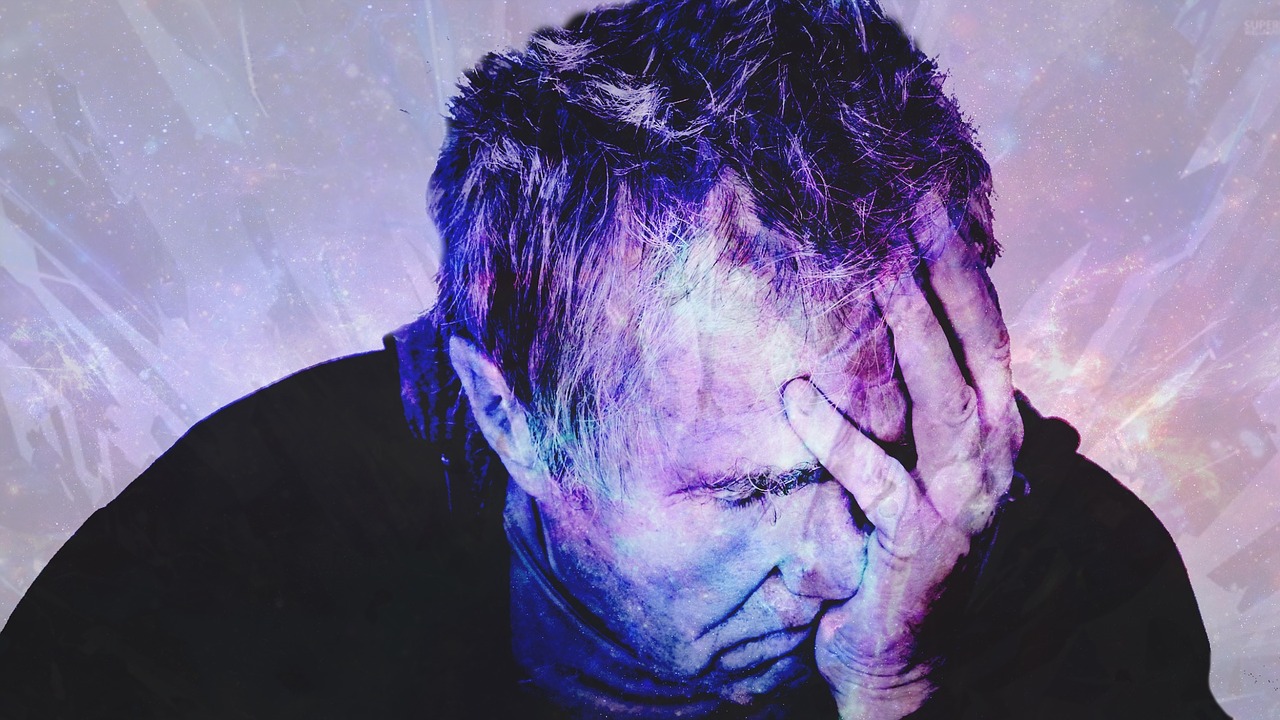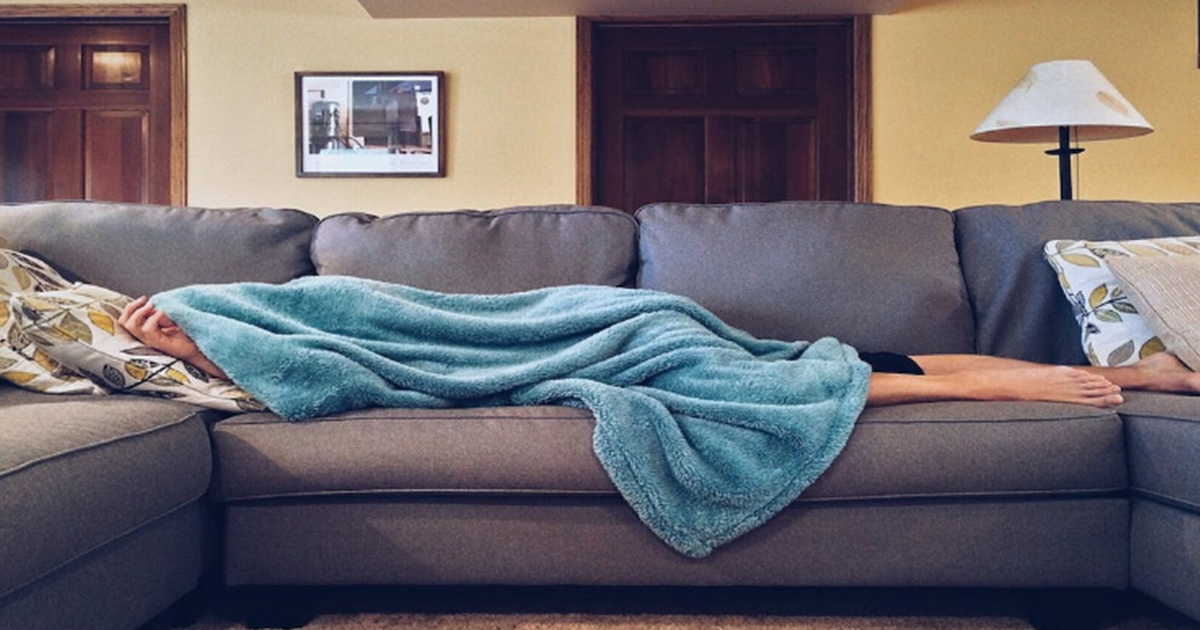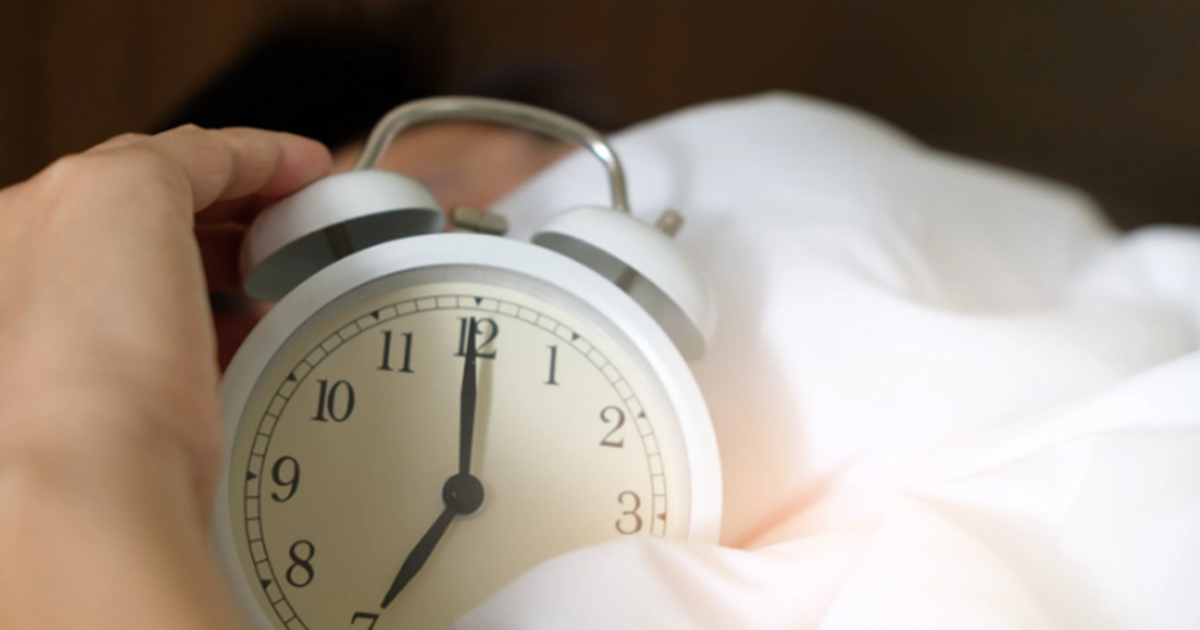It might seem like you completely shut down when you go to sleep each night, but there’s actually a whole process that your body and brain go through while you get your zzz’s. As you’re sleeping, you normally pass through the four stages of sleep.
Stage 1: In this stage, you are in light sleep and your brain is producing alpha and theta waves. Your eye movement slows down and your muscle activity slows. You are still fairly alert and can be woken pretty easily.
Stage 2: Your eye movement stops, and the brain slows with the exception of rapid bursts of brain waves known as sleep spindles. You become less conscious and aware in this stage of sleep.
Stage 3: In this stage, you are in the beginning of deep sleep. Extremely slow brain waves called delta waves are produced. Your body becomes less sensitive to outside stimuli and it is difficult to wake up. A lot happens in stage 3. Your body is healing, boosting your immune system, stimulating growth and building up energy.
REM (Rapid Eye Movement): Your eyes move and jerk rapidly and your breathing becomes quick and shallow. Your muscles become paralyzed from movement. Your brain becomes quite active, and this is when most dreaming happens. Most people without REM disorders will enter REM about an hour and a half after falling asleep, and on average will experience 5 or 6 of these cycles each night.
Many people suffer from sleep disorders that can affect them in the different stages of sleep. One of the more unsettling sleep disorders is called REM Behavior Disorder (RBD). With this REM disorder, the nerve pathways that prevent muscle movement don’t function properly, and the paralysis of this stage of sleep is not experienced. Because of this, the person may act out or become vocal during dreams that are vivid and intense.
REM Behavior Disorder can become dangerous since the person suffering this disorder can still move their bodies while dreaming. They may kick, punch, flail, jump out of bed and move to other areas of the home while responding to realistic or violent dreams. They may also become very vocal and talk, shout, scream or laugh. Safety is a concern with RBD, and creating a safer sleeping environment is important.
REM sleep disorders are most commonly seen in middle-aged to elderly people, but have been seen in younger people. It can come on suddenly and can get worse over time. It may just happen sporadically, or may occur multiple times per night.
If you feel you or a loved one might have RBD, Dr. Nassar at Jacksonville Sleep Center can help. Steps in diagnosing REM disorder include evaluating medical and sleep histories and a physical and neurological exam. Often a sleep study is required to confirm that the paralysis is not happening during REM. While not curable, RBD symptoms can be managed with medications. Call us at 904-854-6899.
For more reading please see:
https://www.ncbi.nlm.nih.gov/books/NBK19956/
http://www.sleepdex.org/stages.htm
https://sleep.org/articles/what-happens-during-sleep/
https://sleep.org/articles/what-is-rem-behavior-disorder/






